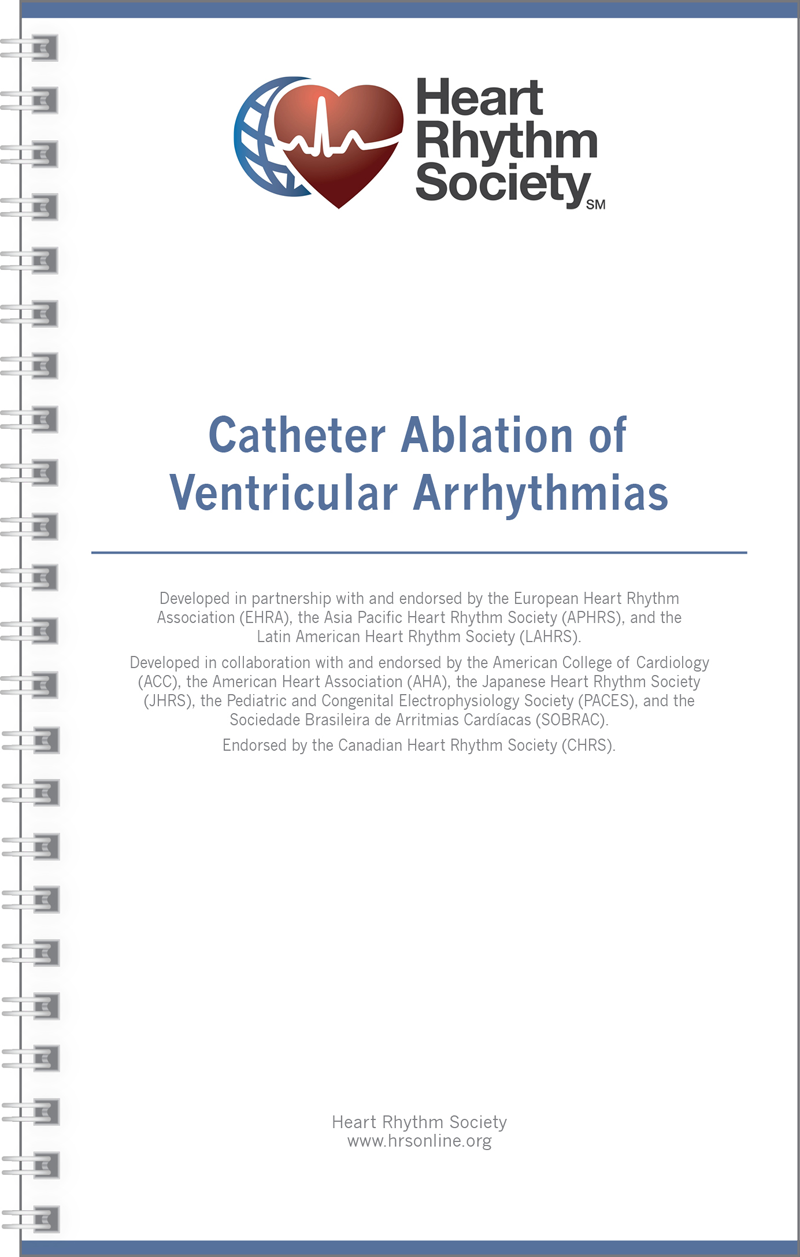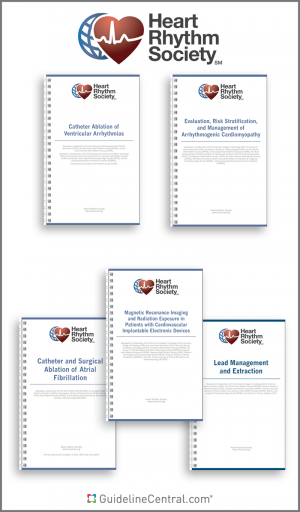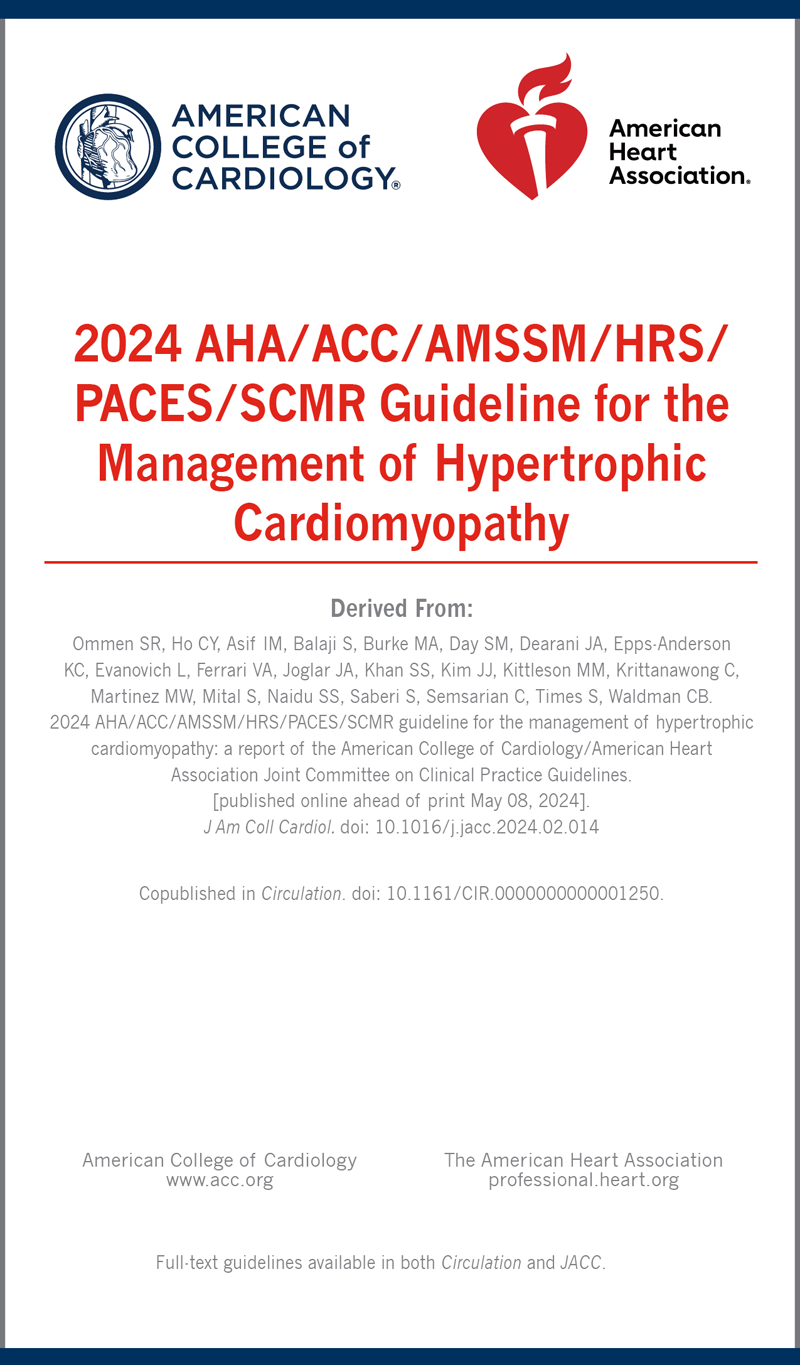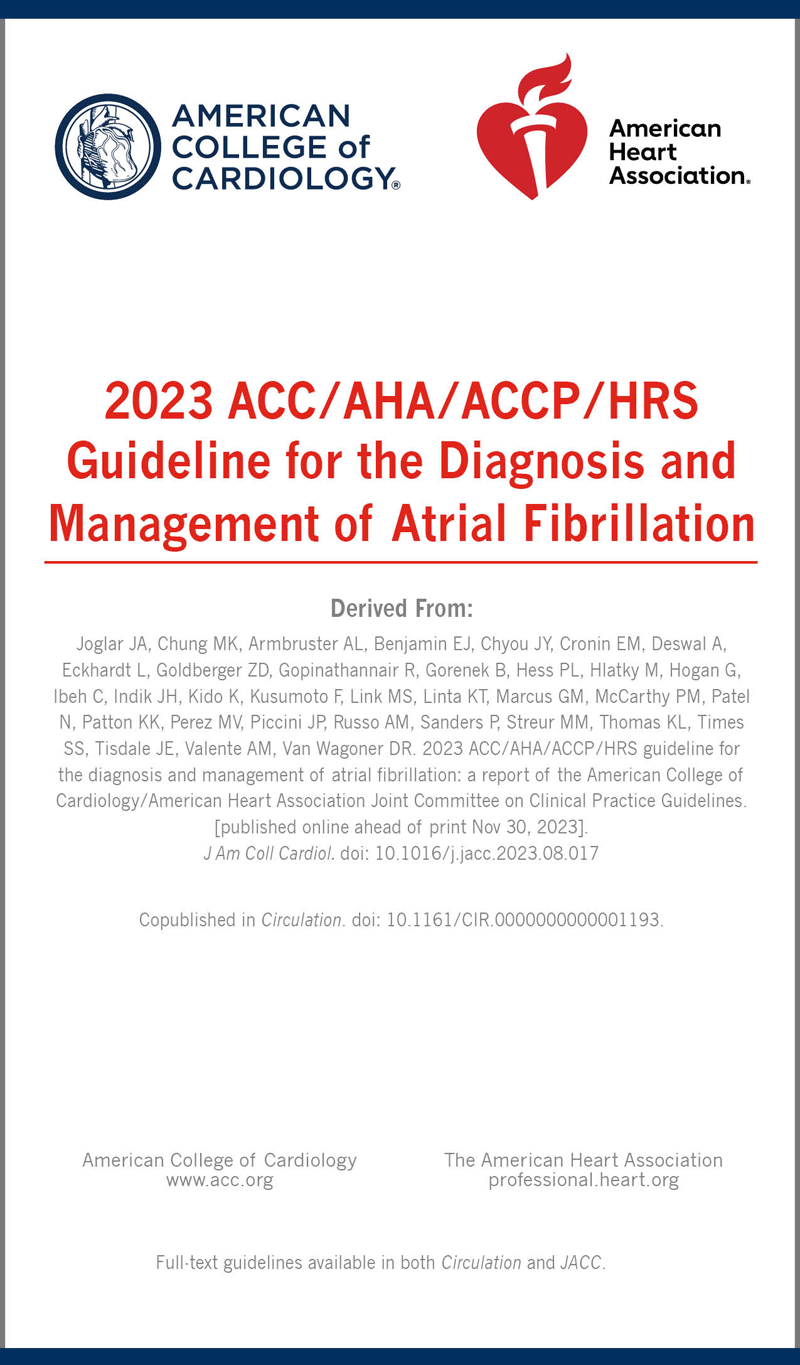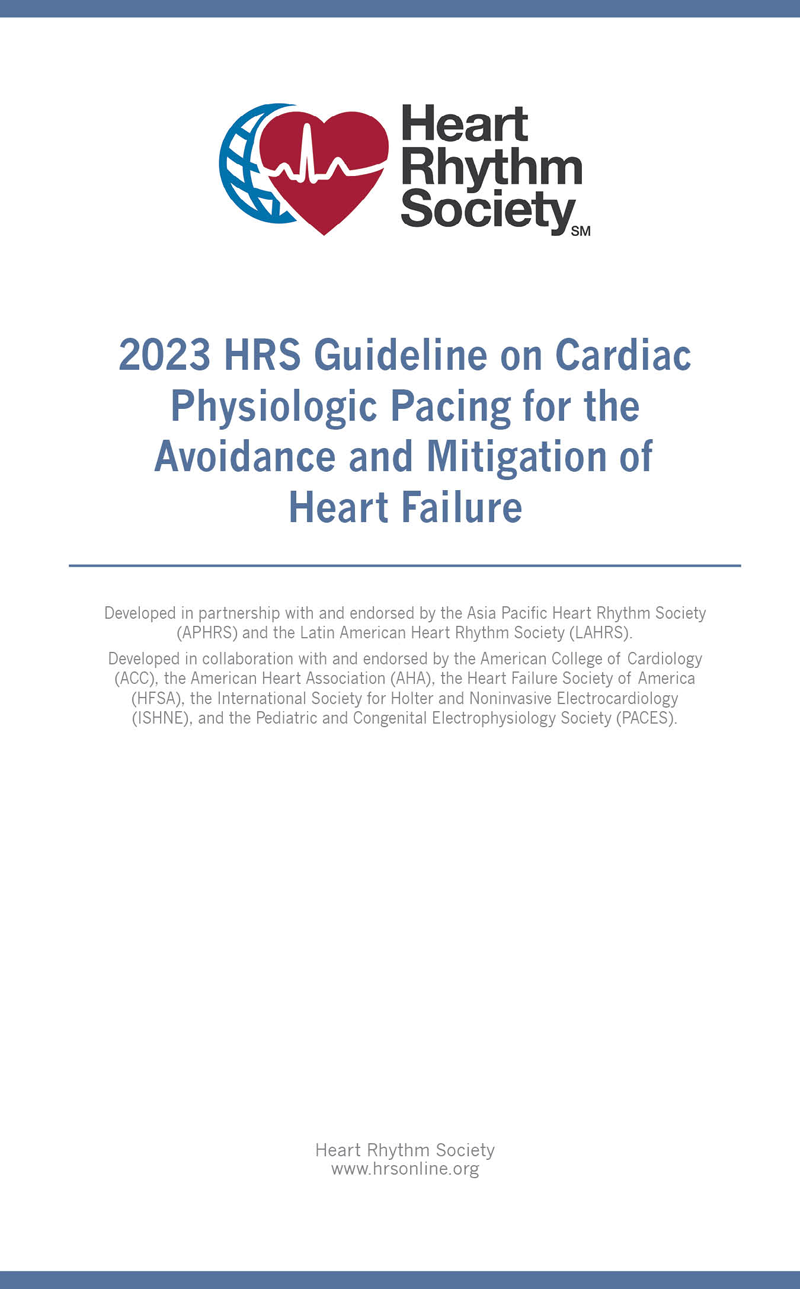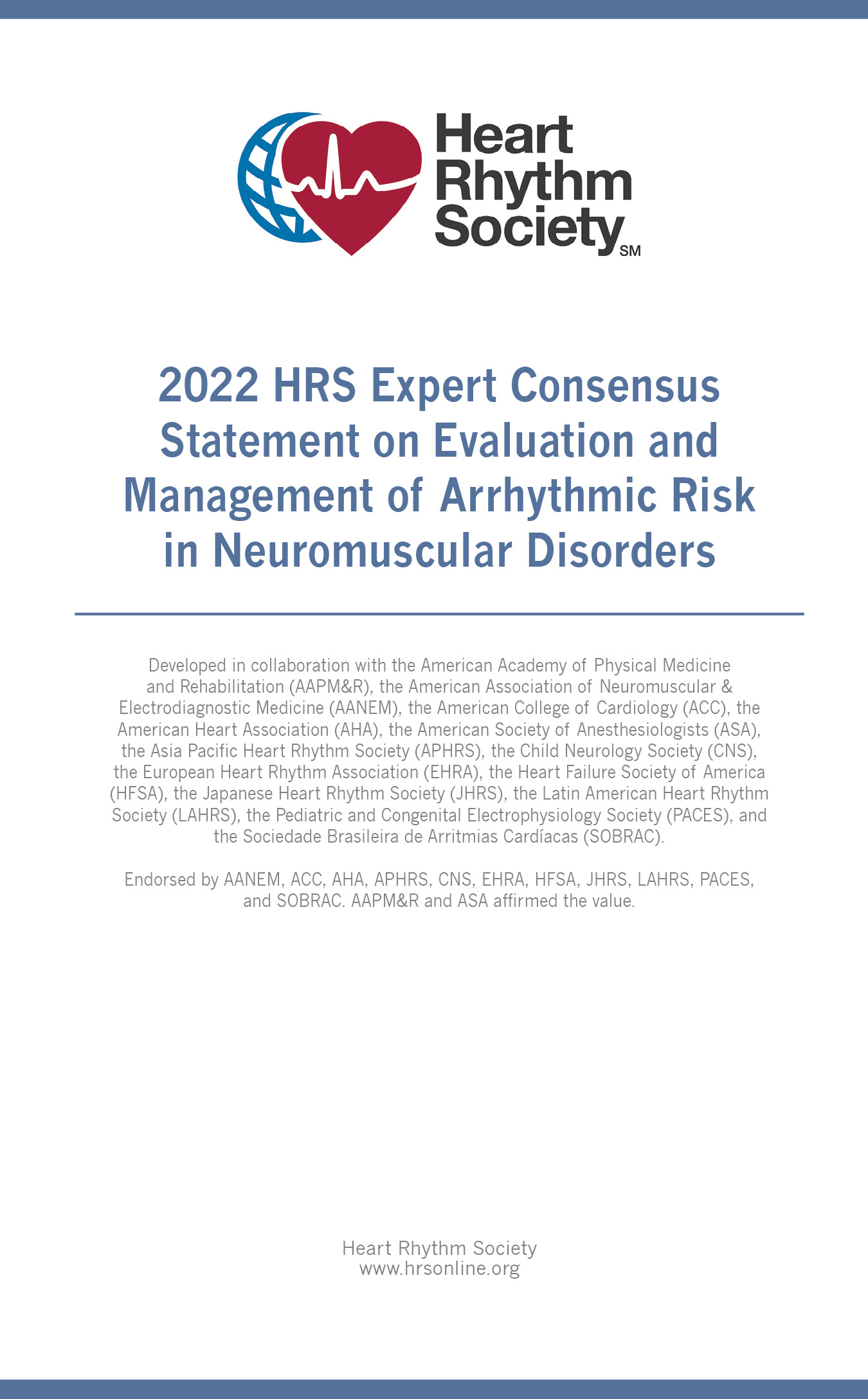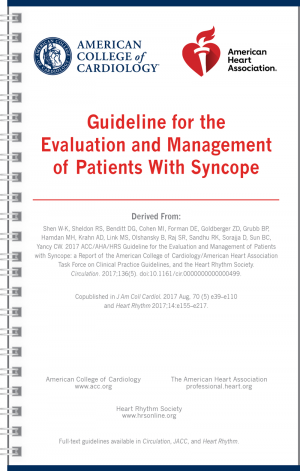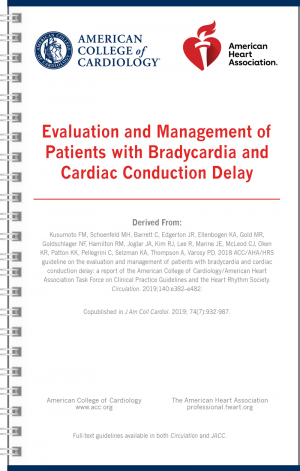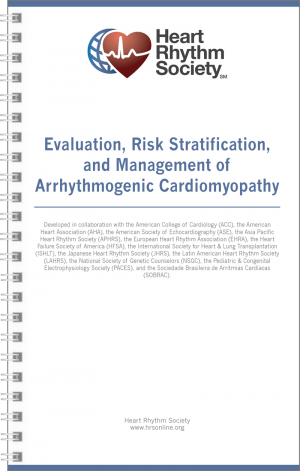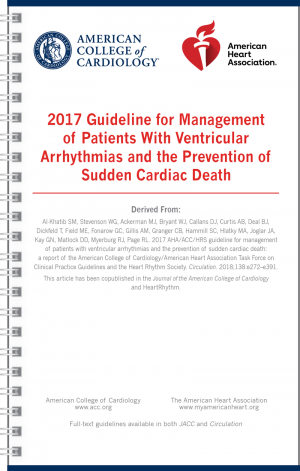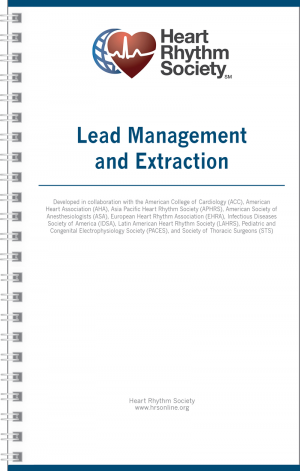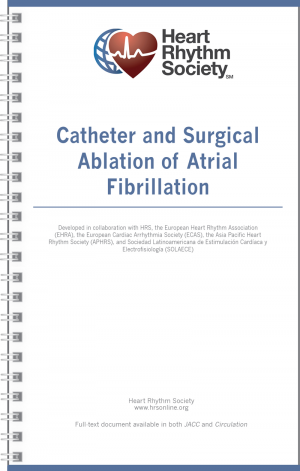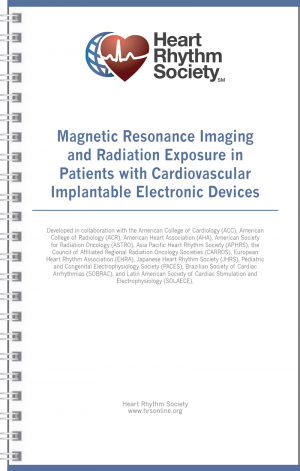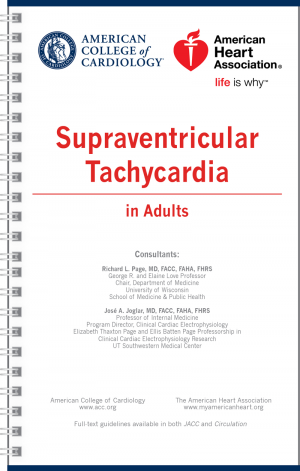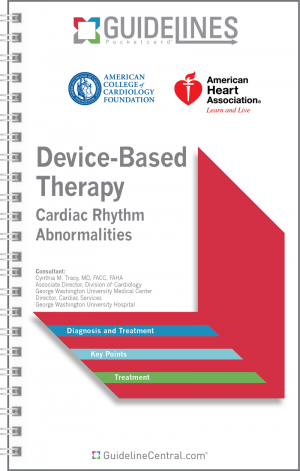Catheter Ablation of Ventricular Arrhythmias
- 48 pages
- Spiral Bound
- 80# Aqueous Coating
- 4.25" x 7.25"
- Ships in 5 – 10 business days
- Key Points
- Graded Recommendations
- Patient evaluation
- Indications for Catheter Ablation
- Procedural Planning
- Intraprocedural Patient Care
- Mapping and Imaging Techniques
- Mapping and Ablation
- Postprocedural Care
- Training and Institutional Requirements and Competencies
- Figures
- Monomorphic (A), pleomorphic (B), and polymorphic (C) VT
- Congenital heart disease and sustained VT Algorithm
- Examples of 12-lead ECGs of PVCs from different left ventricular sites
- Examples of 12-lead ECGs of PVCs from different right ventricular sites
- Entrainment responses from components of reentrant VT circuit
- Pacing from the protected isthmus of a VT circuit
- Anatomical boundaries of the LV summit, with the inaccessible [1] and accessible [2] parts
- Intraprocedural imaging during ablation of papillary muscle arrhythmias
- Overview of the workflow for catheter ablation of VT in patients with IHD
- Epicardial substrate ablation in a patient with BrS and appropriate ICD shocks for VF
- Right ventricular voltage maps
- Anatomical isthmuses in repaired TOF according to surgical approach and variation of the malformation
- Factors influencing outcomes post VA ablation
- Tables
- Definitions
- The PAAINESD score
- Types of bundle branch reentrant tachycardia
- Fascicular VTs
- Major complications of VA ablation in patients with structural heart disease
- For purchases under 100 in quantity, we suggest placing the order directly through the website.
- We offer group/institutional licenses for multi-user accounts (discount amount varies depending on the number of users).
- We are proud to offer special discounts to medical schools, training programs, students and more.
- We offer bulk purchase discounts based on number of copies and number of titles.
Contact Us for more details
Description
This resource is for informational purposes only, intended as a quick-reference tool based on the cited source guideline(s), and should not be used as a substitute for the independent professional judgment of healthcare providers. Practice guidelines are unable to account for every individual variation among patients or take the place of clinician judgment, and the ultimate decision concerning the propriety of any course of conduct must be made by healthcare providers after consideration of each individual patient situation. Guideline Central does not endorse any specific guideline(s) or guideline recommendations and has not independently verified the accuracy hereof. Any use of this resource or any other Guideline Central resources is strictly voluntary.
You can also find this product included in this bundle!
